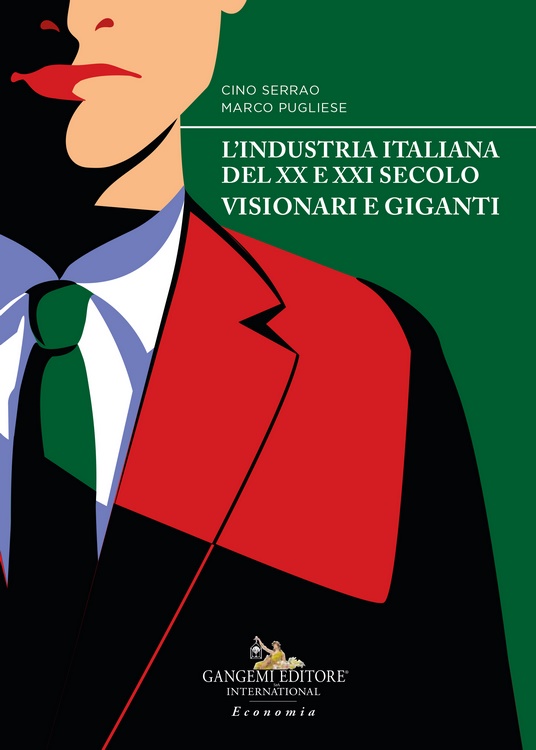

Ferrara, Palazzo Roverella, Corso Giovecca 47, Martedì 7 maggio 2024 alle ore 18.00, presentazione L’INDUSTRIA ITALIANA DEL XX E XXI SECOLO, Gangemi Editore
Ferrara, Palazzo Roverella, Corso Giovecca 47, Martedì 7 maggio 2024 alle ore 18.00, presentazione L’INDUSTRIA ITALIANA DEL XX E XXI SECOLO, Gangemi Editore
Martedì 7 maggio 2024 ore 18.00, Palazzo Roverella, Corso Giovecca 47, presentazione L’INDUSTRIA ITALIANA DEL XX E XXI SECOLO, Gangemi Editore
Modera l’incontro
Federico Di Bisceglie, Giornalista
Saranno presenti gli autori
Cino Serrao, Public Affairs & Business Development Consultant
Marco Pugliese, Giornalista e analista economico
Visualizza maggiori informazioni sul volume
Condividi su

